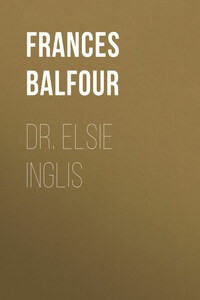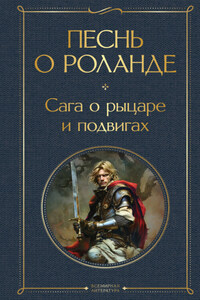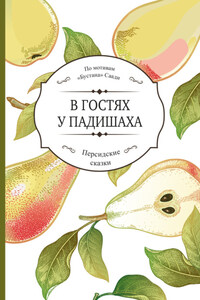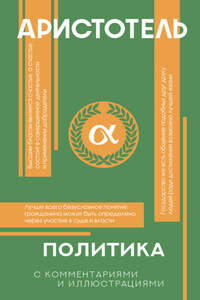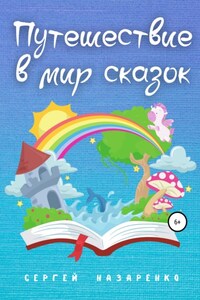‘Their graves are scattered far and wide,
O’er mountain, stream and sea.’
‘God of our fathers! be the God
Of their succeeding race.’
Among the records of the family from whom Elsie Inglis was descended there are letters which date back to 1740. In that year the property of Kingsmills, Inverness-shire, was in the hands of Hugh Inglis. He had three sons, George, Alexander, and William. George inherited Kingsmills, and the Inglis now in Inverness are descended from him. Alexander, the great-grandfather of Elsie, married Mary Deas, and about 1780 emigrated to Carolina, leaving his four children to be educated in Scotland, in charge of his brother, William Inglis. The portrait of Alexander, in the dress of the period, has the characteristic features of the race descended from him. The face is stamped with the impress of a resolute, fearless character, one who was likely to leave his mark on any country in which he took up his abode. There is an account of the property and estates of Alexander Inglis of Charleston ‘merchant in his own right.’ The account sets forth how the estates are confiscated on account of the loyalty of the said Alexander, and his adherence to, and support of the British Government and constitution.
In the schedule of property there occur, in close relation, these items: 125 head of black cattle, £125; 69 slaves at £60 a head, £4140; a pew, No. 31 in St. Michael’s Church, Charleston, £150; 11 house negroes, £700; and a library of well-chosen books, at a much lower figure. Alexander never lost sight of the four children left in his native land. In 1784 he congratulates his son David on being Dux of his class, and says that he prays constantly for him.
Mary Deas, Alexander Inglis’ wife, through her ancestor Sir David Dundas, was a direct descendant of Robert the Bruce. All that is known of her life is contained in the undated obituary notice of the American newspaper of the day: —
‘The several duties of her station in life she discharged as became the good Christian, supporting with exemplary fortitude the late trying separation from her family.’
Alexander’s restless and adventurous life was soon to have a violent end.
After their mother’s death, the three daughters must have joined their father in America. One of them, Katherine, whose face has been immortalised by Raeburn, writes to her brother David, who had been left in Scotland, to inform him of the death of their father in a duel.
The letter which Alexander Inglis wrote to be given to his children, should he fall in the duel, is as fresh and clear as on the day when it was written: —
‘My dear, dear Children, – If ever you receive this letter it will be after my death. You were present this morning when I received the grossest insult that could be offered me – and such as I little expected from the young man who dared to offer it. Could the epithets which in his passion he ventured to make use of be properly applied to me – I would not wish to live another hour, but as a man of honour, and the natural guardian and protector of everything that is dear and valuable to myself and to you, I have no alternative left, but that of demanding reparation for the injury I have received. If I fall – I do so in defence of that honour, which is dearer to me than life. May that great, gracious and good Being, who is the protector of innocence, and the sure rewarder of goodness, bless, preserve and keep you. – I am, my dear, dear children, your affectionate father,
‘Tuesday evening, 29 March 1791.’
The letter is addressed by name to the four children.
